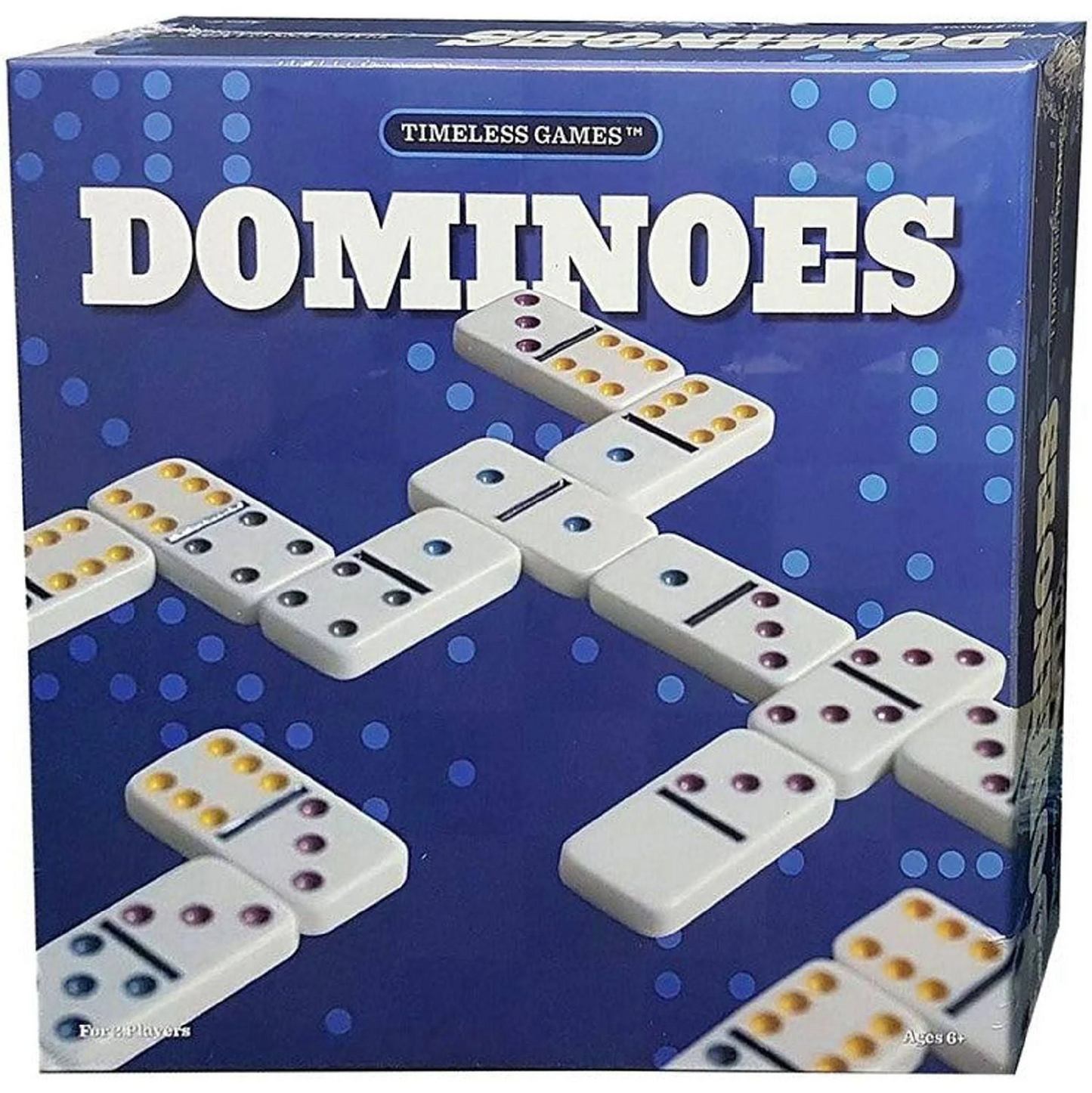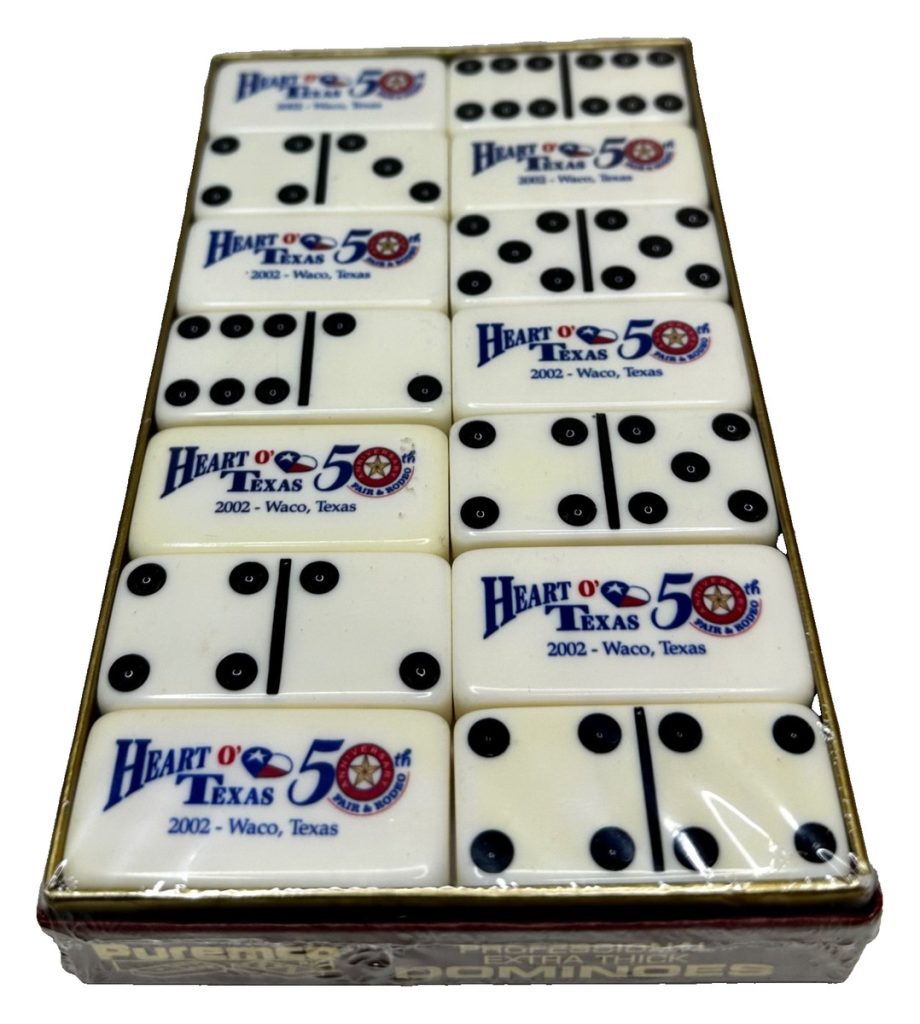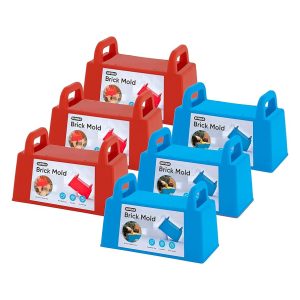Have you ever wondered where the dominoes board game really comes from? You might think it’s just a simple pastime, but its history is full of surprising stories and fascinating twists.
Knowing the roots of dominoes can change the way you play and appreciate every move. Stick with me, and you’ll discover secrets about this classic game that will make your next game night even more exciting. Ready to uncover the story behind the pieces?
Let’s dive in!
Origins Of Dominoes
Dominoes is a classic board game played around the world. It has a long history that dates back centuries.
People have enjoyed dominoes for fun and social gatherings for many years. The game’s origins are interesting to explore.
Ancient Beginnings
Dominoes likely started in ancient China. Records show people played with tiles over a thousand years ago.
The early game was different but used similar pieces to today’s dominoes. It spread slowly to other parts of Asia and Europe.
Early Materials And Designs
At first, domino pieces were made from bone, ivory, or wood. Some sets used animal bones or oyster shells.
The tiles had dots or pips to show numbers. Early designs varied by region and culture.
- Chinese dominoes had 21 or 32 tiles
- European dominoes used fewer tiles with a blank side
- Materials ranged from carved bone to polished wood
- Dots were painted or engraved on each tile

Credit: apps.apple.com
Dominoes In Different Cultures
Dominoes is a board game known worldwide. Different cultures have shaped how people play it.
The game’s history shows many changes and customs from various regions.
Chinese Influence
Dominoes first appeared in China around the 12th century. It was linked to Chinese dice games. The pieces had dots that matched dice combinations.
- Chinese dominoes use 32 pieces.
- Each piece represents a pair of dice results.
- The game was used for gambling and strategy.
- Players often match pieces by their dot patterns.
The Chinese style of dominoes is different from Western sets. It reflects Chinese culture and beliefs about luck and chance.
European Adaptations
Dominoes came to Europe in the 18th century. Europeans changed the game’s design and rules to fit their tastes.
| Feature | Chinese Dominoes | European Dominoes |
| Number of Pieces | 32 | 28 |
| Dot Patterns | Dice combinations | Numbers from 0 to 6 |
| Material | Bone and ivory | Bone, ivory, or wood |
| Usage | Gambling and strategy | Family and social games |
European dominoes focus on matching numbers on each side. The game grew popular in social gatherings and friendly contests.
Evolution Of The Game
Dominoes is a board game with a long history. It has changed a lot over many years.
The game started in ancient times and grew popular worldwide. Different cultures made their own versions.
Changes In Rules
At first, dominoes had simple rules. Players matched tiles with the same number of dots.
Later, new rules made the game more fun. Some versions added scoring and special moves.
- Early games used matching only
- Scoring points for certain moves was added
- Blocking opponents became part of strategy
- Some rules allow doubles to be played differently
Variations Around The World
Different countries play dominoes in unique ways. Each style has special rules and tile sets.
For example, in Europe, players often use double-six sets. In Asia, larger sets are common.
- China: Dominoes were used for gambling and had more tiles
- Caribbean: Players focus on blocking and scoring points
- Italy: The game includes special rules for doubles
- United States: Many play “Draw” or “Block” versions

Credit: getlostoutdoors.com.au
Dominoes And Society
Dominoes is a board game with a long history. It has been played by many cultures around the world. The game is simple but brings people together.
People use dominoes to relax, compete, and socialize. It has a special place in different societies and traditions.
Social And Cultural Impact
Dominoes helps build friendships and community bonds. Players often meet in parks, cafes, or homes to play and talk.
The game is popular in many countries like Cuba, Italy, and China. It often reflects local culture and customs.
- In Cuba, dominoes is a common social activity in neighborhoods.
- In Italy, it is played during family gatherings and festivals.
- In China, dominoes has influenced traditional games and celebrations.
Dominoes In Art And Literature
Dominoes have inspired many artists and writers. The game appears in paintings, poems, and stories.
Artists use domino tiles to show ideas about chance and fate. Writers use dominoes as symbols in their works.
- Paintings often show people playing dominoes in everyday life scenes.
- Poems may use dominoes to talk about luck and life changes.
- Stories sometimes include domino games to reveal character traits.
Modern Dominoes
Dominoes is a classic board game that has evolved over time. Today, modern dominoes include many new ways to play. Digital tools and organized tournaments have made the game popular worldwide.
Players enjoy both casual and competitive matches. The game’s rules and styles change with new formats. This keeps dominoes fresh and fun for all ages.
Digital Versions
Many digital versions of dominoes are available on phones and computers. These apps let players connect with others online. They offer different game modes and skill levels.
- Single-player modes to practice alone
- Multiplayer options to play with friends
- Online leaderboards to track scores
- Automatic scoring and rules enforcement
- Customizable tile sets and backgrounds
Competitive Play And Tournaments
Competitive dominoes has grown with many official tournaments. Players from different countries join to test their skills. Matches follow strict rules and time limits.
| Tournament Type | Location | Prize |
| World Domino Championship | Various Countries | Cash and Trophies |
| National Domino League | USA | Medals and Ranking Points |
| European Domino Cup | Europe | Travel Sponsorships |
Collecting Dominoes
Collecting dominoes is a fascinating hobby for many people. The game has a rich history and comes in many styles and designs.
Collectors often seek unique pieces that tell stories from different eras and cultures. Let’s explore some intriguing aspects of collecting dominoes.
Antique Sets
Antique domino sets can be quite valuable. They offer a glimpse into the past. Many collectors hunt for these rare finds at auctions and antique shops.
- Wooden sets from the 18th century
- Bone and ebony sets from the Victorian era
- Ivory sets with intricate carvings
Unique Designs And Materials
Dominoes come in various designs and materials. Some are crafted with great attention to detail. This makes them unique pieces of art.
| Material | Characteristics |
| Marble | Heavy and durable |
| Glass | Transparent and fragile |
| Metal | Shiny and robust |

Credit: www.ebay.ca
Frequently Asked Questions
What Is The Origin Of The Dominoes Board Game?
Dominoes originated in China during the Song dynasty around the 12th century. It later spread to Europe in the 18th century, evolving into various regional versions. The game’s rich history reflects cultural exchanges and adaptations over centuries.
How Did Dominoes Become Popular Worldwide?
Dominoes gained popularity through trade and colonization. European sailors and merchants introduced the game globally. Its simple rules and social appeal helped it become a favorite pastime in many countries.
What Materials Were Early Dominoes Made From?
Early domino tiles were made from ivory, bone, and ebony wood. Some versions used stone or ceramic materials. These durable materials ensured the game pieces lasted through frequent play.
How Has The Design Of Dominoes Evolved Over Time?
Dominoes designs evolved from hand-painted tiles to mass-produced plastic sets. The standard double-six set became widely accepted. Modern designs often include colorful and themed variations for variety.
Conclusion
Dominoes has a rich and fascinating past. It started centuries ago and spread worldwide. People enjoy it for fun and social time. The game brings friends and family together. It teaches strategy, patience, and sharp thinking. Dominoes remains popular in many cultures today.
Its simple rules make it easy to play. This timeless board game continues to connect people. Exploring its history helps us appreciate its value. Dominoes is more than just a game—it’s a shared experience.





